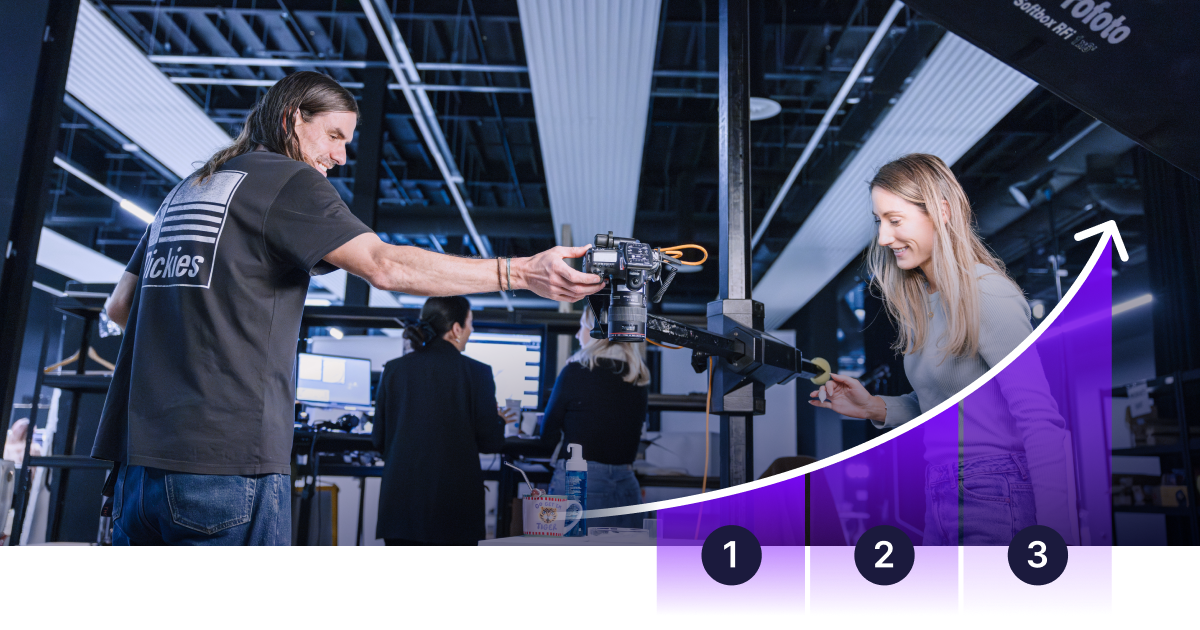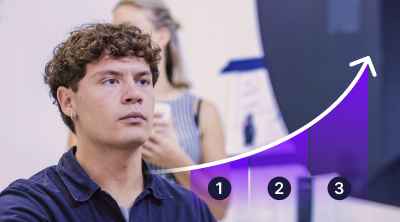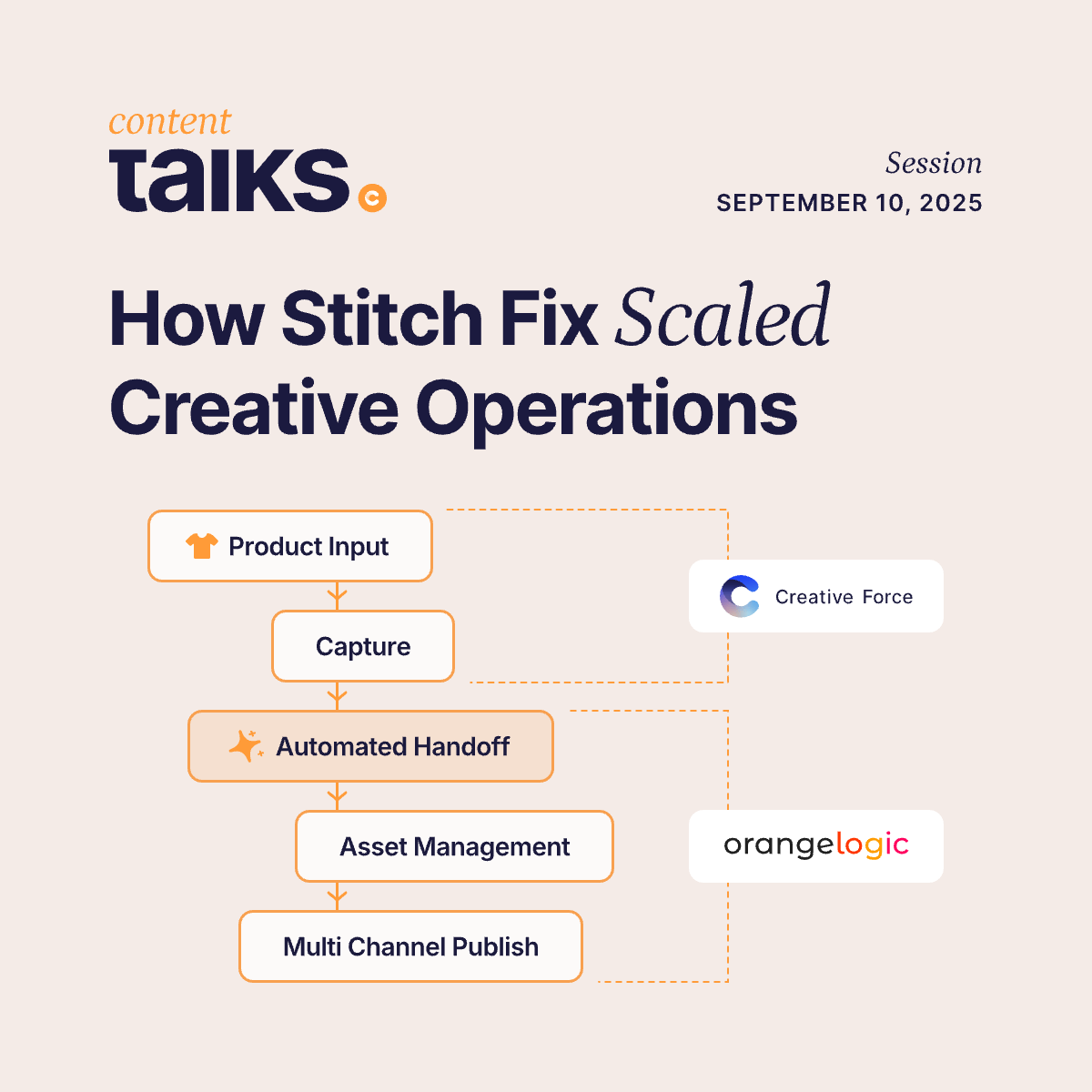Breaking Silos: Elevating Team Lead Collaboration in Creative Studios

In this series, we’re offering a taste of some of the best practices and strategies featured in our Studio Maturity Reports. If you want to dive deeper into optimizing your studio's performance, we suggest taking our Studio Maturity Self-Assessment. This will provide you with a fully customized report outlining exactly what steps to take to advance your studio's operational maturity and unlock its full potential.
Nurturing effective collaboration between the team leads is a foundational component of studio operations and a critical gatekeeper to unlocking the full potential of a studio’s operational efficiency.
It's also really, really hard.
For studios interested in improving how effectively their team leaders (e.g. Photography Lead, Post-Production Lead, Art Director, etc.) collaborate, it can be challenging to know where to start.
Formerly the Production Manager at BestSeller Studios and currently an Onboarding Specialist at Creative Force, we asked Adam about some of the go-to suggestions he offers studios wanting to level up their Team Lead Collaboration.
Every studio’s maturity journey is unique, but for many, the first big step from Reactive Studio Management to Managed & Sustainable begins with understanding how aware team leads are of each other's ways of working.

Identifying Reactive Team Lead Collaboration
In early conversations with any studio interested in using Creative Force, Adam always prioritizes understanding how effectively the team leads (e.g., Photography Lead, Retouching Lead, Art Director) collaborate with one another.
"I've often sat down with a studio's team leaders and, within the first few minutes, it becomes clear that one team's longstanding ways of working have been causing inefficiencies for a downstream team for months, or even years,” says Adam, “However, because the team leads never collaborate, the downstream team assumes the upstream team must work that way, while the upstream team remains unaware of the wasteful, unnecessary work they are causing downstream."
Even when operational issues are identified, siloed team leads make it almost impossible to make necessary operational changes, severely limiting a studio’s ability to continuously improve its operational efficiency.
"Change management is a nightmare in studios where team leads don’t collaborate. It feels like you're dealing with three, four, or five separate teams with their own agendas and priorities rather than one cohesive unit,” says Adam, “Even when a change is made, in studios where the team leaders don’t communicate, there is either no feedback loop or a very delayed one regarding the impact, unintended consequences, or benefits of the change. Did the change work? Did it cause more problems than it solved? In studios like this, it is hard to know.”
Achieving Managed & Sustainable Team Lead Collaboration
For Reactive studios looking to improve collaboration between their team leads, the first step is straightforward: get people talking.
The weekly meeting suggested by Eva Tjhie in our Studio Management post is a great start. Additionally, Adam suggests creating communication channels on platforms like Slack or Microsoft Teams where team leaders can raise and discuss issues in real-time or asynchronously.
Adam also suggests the studio establish operational KPIs that are shared across team leads. Assigning the team leads a collective target, such as "Daily Throughput," ensures that the performance of multiple teams is interdependent, fostering a collaborative effort to achieve common goals.
For more examples of good KPIs for the creative ops industry, we suggest checking out our Ultimate KPI Guide.

Achieving Optimized Team Lead Collaboration
To define a studio’s Team Leader Collaboration as Managed & Sustainable, we expect team leaders to meet regularly to discuss operational topics and issues while acting as a cohesive team, even if they primarily focus on their respective areas. They should also have a high-level understanding of how other teams in the studio operate, though not in as much detail as expected at the Optimized maturity level.
To take the next step to Optimization, team leaders should be meeting regularly not only to address the latest operational issues but also to consider potential future challenges and plan strategically how to address them.
“In studios with Optimized Team Leader Collaboration, they always have one eye on the future. They are proactive in strategizing for future organizational challenges, or changes in the industry. For example, as AI burst into the industry, the team leads in these studios immediately began working together to figure out what technology was out there and how they might be using AI in their workflows six months or even a year in the future. And now, a year later, those are the first studios leveraging effectively.”
Finally, to convey the importance of effective collaboration from the top down, Adam suggests integrating collaboration into the performance evaluations of team leaders.
"For team leads, their ability to collaborate with other team leads and stakeholders is a critical part of their role. When evaluating their performance, whether you conduct annual performance reviews or evaluate performance in some other way, they should be assessed on how well and proactively they collaborate with the rest of the studio."
Want more of our best practices and strategies for taking your Team Leader Collaboration to the next level? Take our Studio Maturity Self-Assessment to receive a customized report outlining the exact steps needed to advance your studio's operational maturity and unlock its full potential.








